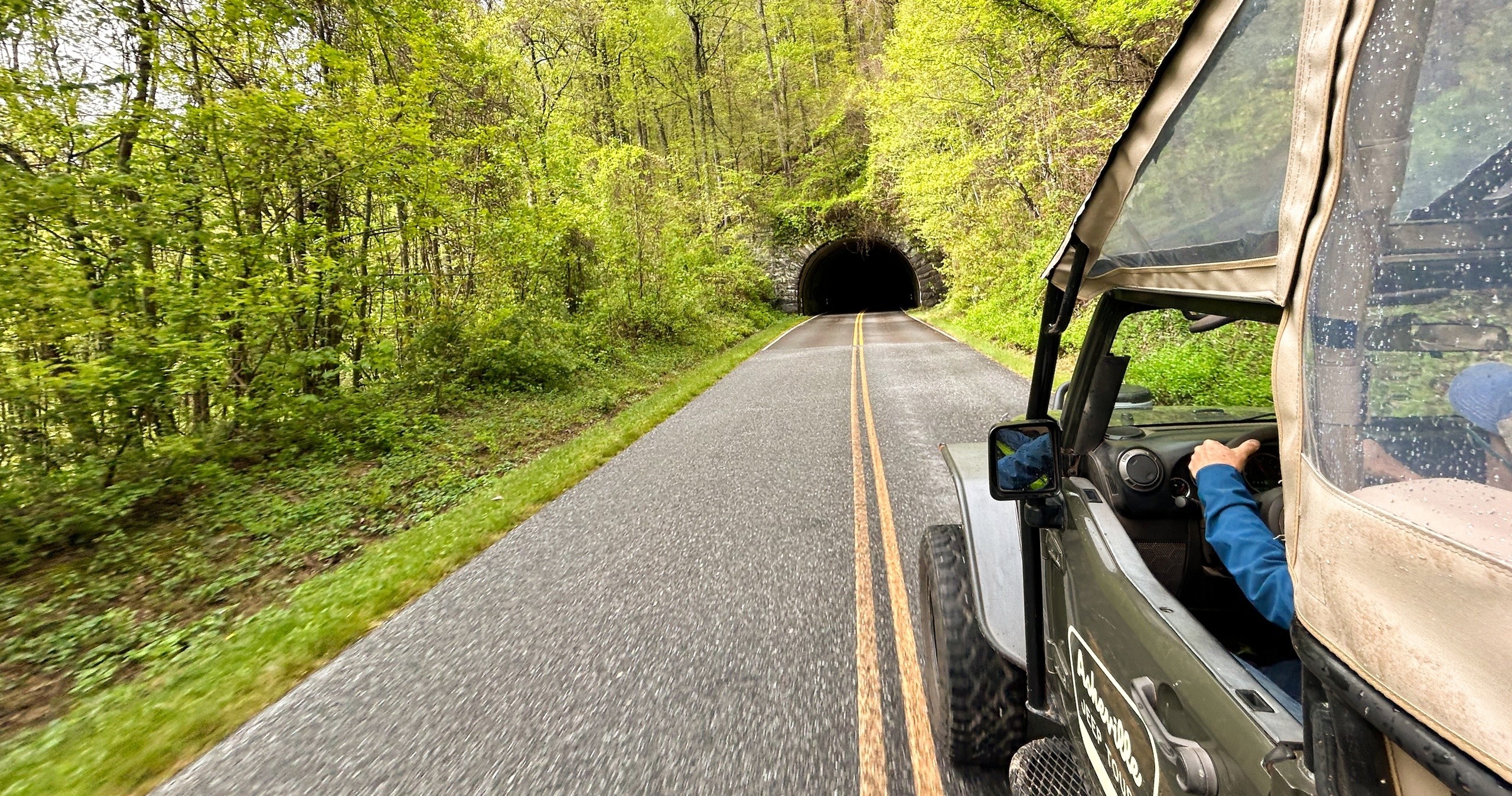Sedona’s Night Unlocked: A Premium Stargazing Ticket to the Universe
70 minutes
The desert waits for the sun to finally give up the horizon, and then the sky takes over. As the temperature drops and the red rocks of Sedona turn to cutouts against a deepening cobalt, the first stars arrive like scouts, testing the night. A hush falls over the high desert—coyotes hold their chatter, junipers quiet their breath—and when the astronomer lifts a green laser and threads Orion’s belt, the dome above seems to lean closer, as if listening too.
Trail Wisdom
Guard Your Night Vision
Switch your phone to red or night mode and avoid white lights for 20–30 minutes before viewing to let your eyes adapt fully.
Layer for Desert Evenings
Even warm days can turn chilly after sunset—pack a midlayer and a light windproof shell.
Monsoon Awareness
July–August brings clouds and lightning; tours may shift or cancel for safety, so keep plans flexible.
Hydrate, Even at Night
Sedona’s dry air dehydrates quickly; bring a reusable water bottle and sip regularly.
Local Knowledge
Hidden Gems
- •Fay Canyon Arch at dusk for a quiet pre-tour walk
- •Turkey Creek Overlook for expansive red rock views without the crowds
Wildlife
Great horned owl, Javelina
Conservation Note
Use red lights, keep screens dim, and avoid shining flashlights upward; preserving darkness helps wildlife and keeps Sedona’s skies truly dark.
Sedona became an International Dark Sky Community in 2014, reflecting years of local effort to curb light pollution and protect nocturnal ecosystems.
Seasonal Guide
spring
Best for: Mild nights, Early Milky Way rises
Challenges: Occasional winds, Pollen and allergies
Comfortable temps and steadier skies make spring a sweet spot for a broad mix of constellations.
summer
Best for: Bright Milky Way core, Planet viewing
Challenges: Monsoon clouds, Hot daytime temps
Peak galactic viewing with dramatic skies; plan around afternoon storms and dress cool for the day, warm for night.
fall
Best for: Crystal-clear air, Longer nights
Challenges: Cool temperatures after sunset, Occasional early cold fronts
Crisp, stable conditions and excellent galaxy viewing make fall the connoisseur’s choice.
winter
Best for: Orion and bright winter stars, Low humidity
Challenges: Cold nights, Possible icy patches after storms
Big, luminous constellations dominate; bundle up and enjoy exceptionally sharp views.
Photographer's Notes
What to Bring
Warm Layer (Fleece or Puffy)Essential
Desert nights cool quickly—layers keep you comfortable as temperatures drop.
Red-Light HeadlampEssential
Preserves night vision while moving around the viewing area safely.
Closed-Toe Shoes
Protects your feet from pebbles and desert scrub in the dark.
Reusable Water BottleEssential
Hydration matters even after sunset in Sedona’s arid climate.
Common Questions
What happens if it’s cloudy?
The operator monitors conditions closely and may reschedule or cancel if viewing is poor; direct bookings include flexible, immediate refunds.
Is this tour suitable for kids?
Yes—kids love the laser-guided constellation tour and views through the telescope; adult supervision is required.
Will we share a telescope with strangers?
Each reservation group (up to six people) gets its own Celestron C1100 telescope for a personalized experience.
What should I wear?
Dress in layers with a warm midlayer and bring closed-toe shoes; evenings can be chilly even after hot days.
Can I take photos through the telescope?
Handheld phone shots are challenging; instead, enjoy the included astrophotography souvenir captured during your session.
How accessible is the experience?
Chairs are provided and movement is minimal; contact the operator in advance for specific accessibility needs.
What to Pack
Warm midlayer for desert chill; red-light headlamp to preserve night vision; closed-toe shoes for moving around in the dark; reusable water bottle to stay hydrated in dry air.
Did You Know
Sedona was designated an International Dark Sky Community by the International Dark-Sky Association in 2014, one of the first in Arizona.
Quick Travel Tips
Book the earliest night that fits your trip, then stay flexible for weather; eat dinner early and skip heavy meals before the tour; dim your phone screen before arrival; plan a daytime hike to appreciate the same landscape you’ll see in silhouette at night.
Local Flavor
Post-stargaze, head to Sedona Beer Company for small-batch pours and a late bite, or book ahead at Elote Cafe for elevated Southwest fare. For morning recovery, Indian Gardens Cafe on Oak Creek offers strong coffee and hearty breakfasts among canyon walls.
Logistics Snapshot
Closest airports: Flagstaff Pulliam (FLG, ~45 minutes) or Phoenix Sky Harbor (PHX, ~2 hours). Meeting point: Provided after booking; expect a short drive (10–25 minutes) from central Sedona to a dark-sky site. Cell service: Patchy at viewing areas—download directions beforehand. Permits: None; this is a guided experience with advance reservation required.
Sustainability Note
Sedona’s dark skies are a community achievement—use red lights, keep devices dim, and leave no trace. Every unlit lumen protects nocturnal wildlife and the clarity of the stars you came to see.
Continue Reading

Blue Ridge Parkway by Jeep: Asheville’s Big-View Drive Without the Footslog
Trade trail dust for ridge-line views on a guided Blue Ridge Parkway Jeep tour out of Asheville. Over 3–4 unhurried hours, hop between classic overlooks, craft stops, and story-rich vistas—no hiking boots required.
Asheville, North Carolina

Into the Lower Canyon: 6.5 Days Oaring the Colorado’s Big Water
Start before dawn on the South Rim, hike 9.5 miles to the Colorado, and settle into six and a half days of oar-powered whitewater, side canyons, and starlit camps. This Lower Canyon journey pairs big water with smart logistics—and ends in a helicopter lift out of the heart of the Grand Canyon.
Grand Canyon Village, Arizona
